Carbon steel pipes are one of the most widely used basic materials in industrial production and construction. Their biggest challenge is that they are prone to rust and corrosion. According to statistics, the economic losses caused by metal corrosion in the world each year account for about 3-4% of the GDP of each country, of which carbon steel corrosion accounts for a considerable proportion. Rusting of steel pipes not only affects the appearance, but also reduces the structural strength, shortens the service life, and even causes safety accidents.Under the same material and without anti-corrosion treatment, straight seam welded pipes are more likely to rust than seamless steel pipes because the weld area is more likely to form corrosion weaknesses.
The rusting of carbon steel pipes is essentially an electrochemical corrosion process. When the iron (Fe) in the steel comes into contact with oxygen (O₂) and water (H₂O) in the environment, an oxidation-reduction reaction occurs to generate rust (Fe₂O₃·xH₂O). This process is significantly accelerated in an environment with a humidity of more than 60%, which is why carbon steel is more susceptible to rust in coastal areas or during the rainy season. The chemical composition of carbon steel also affects its corrosion resistance. The higher the carbon content in ordinary carbon steel, the easier it is to form a micro-battery effect, which accelerates local corrosion. In addition, the presence of impurity elements such as sulfur (S) and phosphorus (P) will also reduce the corrosion resistance of steel.
How to Prevent Carbon Steel from Rusting
Carbon steel is prone to rust mainly because of its high carbon content. When moisture and oxygen in the air react chemically with iron, iron oxide (rust) is formed. Here are a few main reasons why carbon steel rusts:
1. High carbon content: Carbon steel usually contains more than 2% carbon. A higher carbon content causes the steel's lattice structure to become tighter, which reduces the steel's corrosion resistance.
2. Iron-oxygen reaction: When the surface of carbon steel comes into contact with water or air, the iron in it will oxidize with oxygen to form iron oxide (rust). This reaction is particularly evident in humid environments.
3. Acid-base environment: Carbon steel is also prone to rust in acidic or alkaline environments. Acidic and alkaline substances can destroy the protective film on the surface of steel, making the steel more susceptible to oxidation corrosion.
4. Impurities: Carbon steel may contain other impurities such as sulfur, phosphorus, etc. These impurities reduce the corrosion resistance of steel and make it more susceptible to rust.
5. Lack of protective layer: If the surface of carbon steel is not properly treated with anti-corrosion, such as galvanizing, spraying, etc., then moisture and oxygen in the air can easily come into direct contact with the steel, causing rust.
In order to prevent carbon steel from rusting, certain protective measures are usually required, such as painting, galvanizing, spraying, etc. These methods can form a protective film on the surface of the steel, preventing moisture and oxygen in the air from coming into direct contact with the steel, thereby preventing rust.
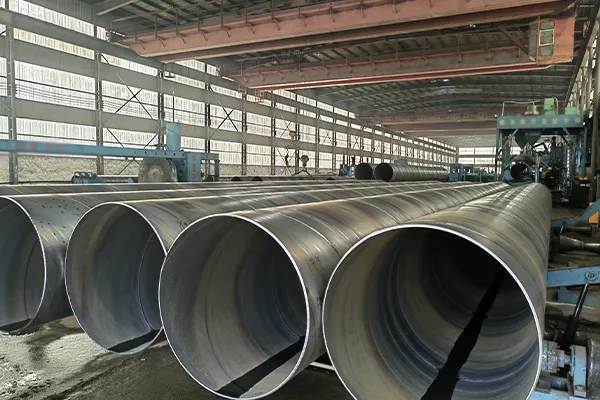
Use carbon steel pickling passivation solution to remove rust
Carbon steel pickling and passivation liquid is a mixture of organic acid, inorganic acid, corrosion inhibitor, rust-proof additive, passivation promoter, etc. Carbon steel rust removal and rust prevention liquid integrates advanced formula, brings together organic acid, inorganic acid, corrosion inhibition essence and innovative rust prevention technology, and is specially designed for various carbon steel components and steel products.
Mainly used for rust removal, rust prevention and passivation of various carbon steel pipelines, hydraulic oil pipelines, carbon steel pipe fittings, and small steel parts.
Carbon steel pickling and passivation liquid is a mixture of organic acid, inorganic acid, corrosion inhibitor, rust-proof additive, passivation promoter, etc.






 English
English Español
Español بالعربية
بالعربية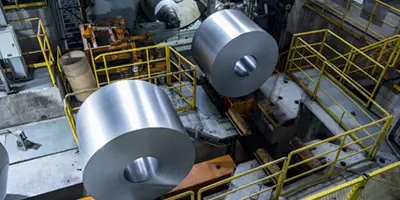
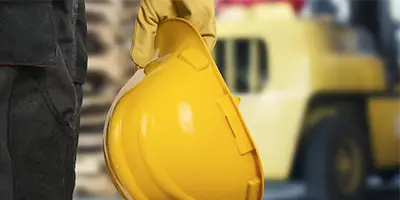
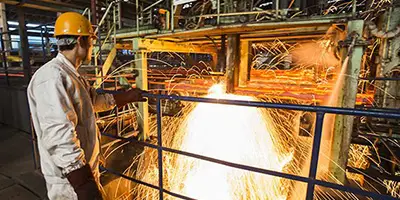
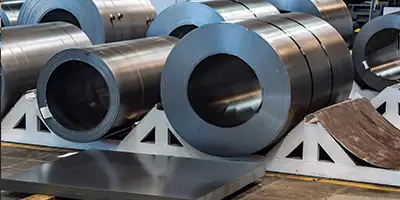

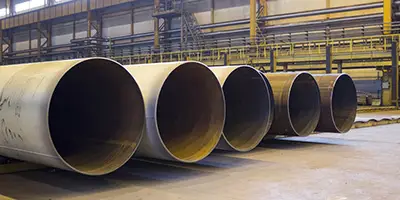
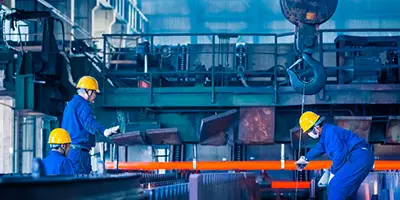
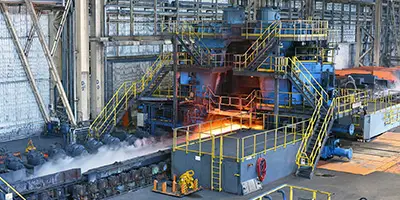
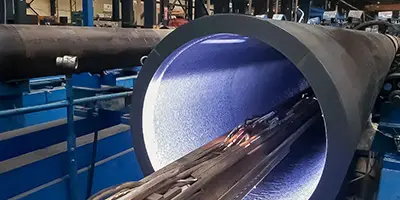
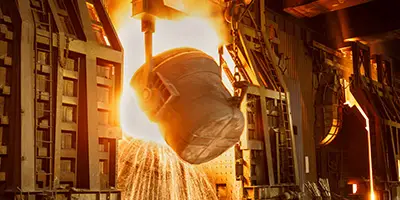
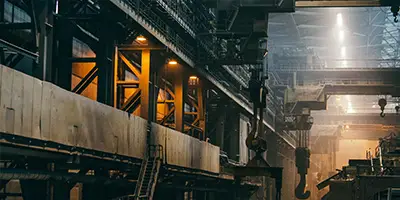

 Phone :
Phone :  Whatsapp :
Whatsapp :  Email :
Email : 


